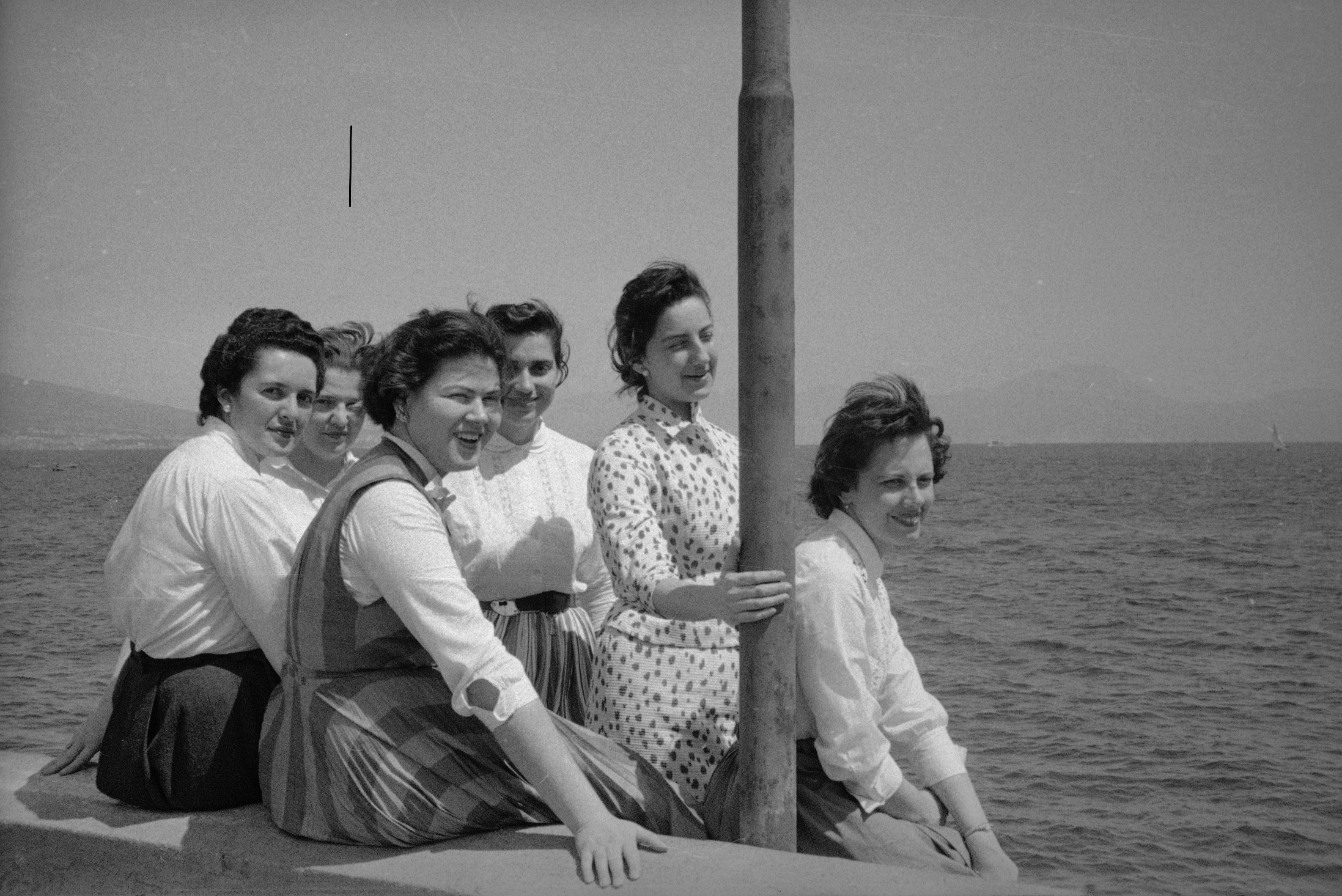Noticia_Libro: “Gentes, escenarios y estrategias. El Opus Dei durante el pontificado de Pío XII, 1939-1958”
Book: "People, Scenarios and Strategies. Opus Dei during the pontificate of Pius XII, 1939-1958".
The Istituto Storico San Josemaría Escrivá (Rome) and the Center of programs of study Josemaría Escrivá (University of Navarra) have just published the monograph: "Gentes, escenarios y estrategias. Opus Dei during the pontificate of Pius XII, 1939-1958," edited by Santiago Martínez and Fernando Crovetto.

25 | 01 | 2023
The Istituto Storico San Josemaría Escrivá (Rome) and the Center of programs of study Josemaría Escrivá (University of Navarra) have just published the monograph: "Gentes, escenarios y estrategias. Opus Dei during the pontificate of Pius XII, 1939-1958," edited by Santiago Martínez and Fernando Crovetto.
This Issue brings together ten works written by scholars from European and American universities that deal with the history of Opus Dei during the central decades of the twentieth century. It is a decisive stage in the contemporary history of the Church and marks a moment of strong expansion for this institution.
The recently opened collections of the Vatican Apostolic file shed new light on an expanding Catholicism at a time of new pastoral challenges. This period also coincides with a time of widespread acceptance of the message of Opus Dei among lay people and priests of the most diverse latitudes, professional fields and life circumstances.
The various chapters show some facets of this dynamic pluralism; the expansion of the Work in this chronology is analyzed, a topic that historiography has not yet treated in depth; the institutional history of Opus Dei, then a secular high school C as such in 1950, is addressed; The great variety and condition of the people who approached Opus Dei is described; the invitation of the Holy See to evangelize the Prelature of Yauyos, a region lacking in clergy in the Peruvian Andean highlands, is analyzed; and the spread of Opus Dei in some specific countries, such as Chile, Argentina and Italy, is described.
The book seeks to fill in the regional stories of the Work in diverse cultural, religious and geographical contexts. With this purpose, the history of the institution is inserted in the widest channel of the expansion of the Catholic Church. All this is done through the scenarios, strategies and people who contributed to the expansion of both the institution and its mission.
contributed to the expansion of both the institution and its specific message in the years leading up to the Second Vatican Council.
You can buy the book here.
Book cover, summary and presentation.



